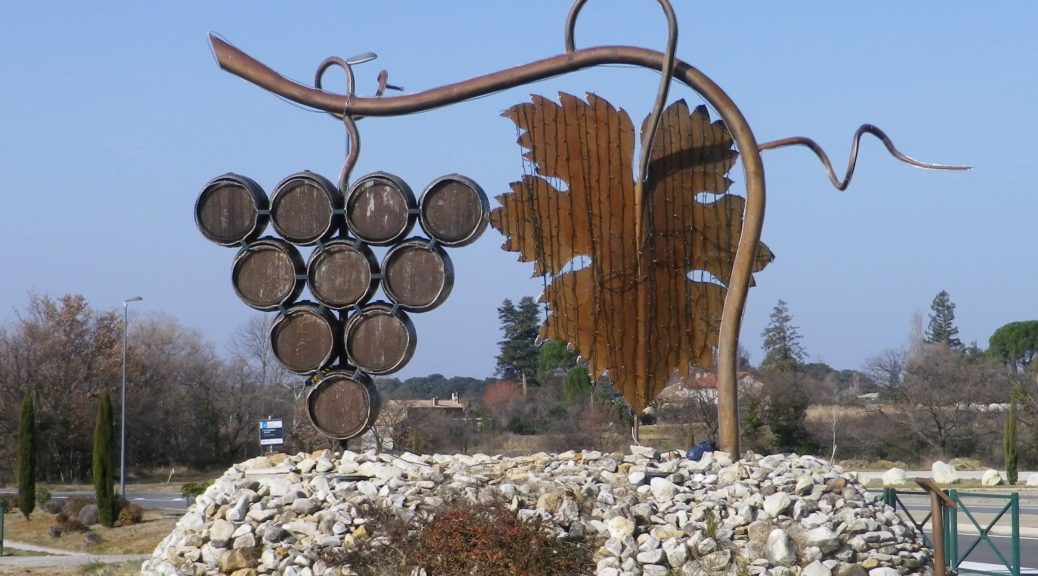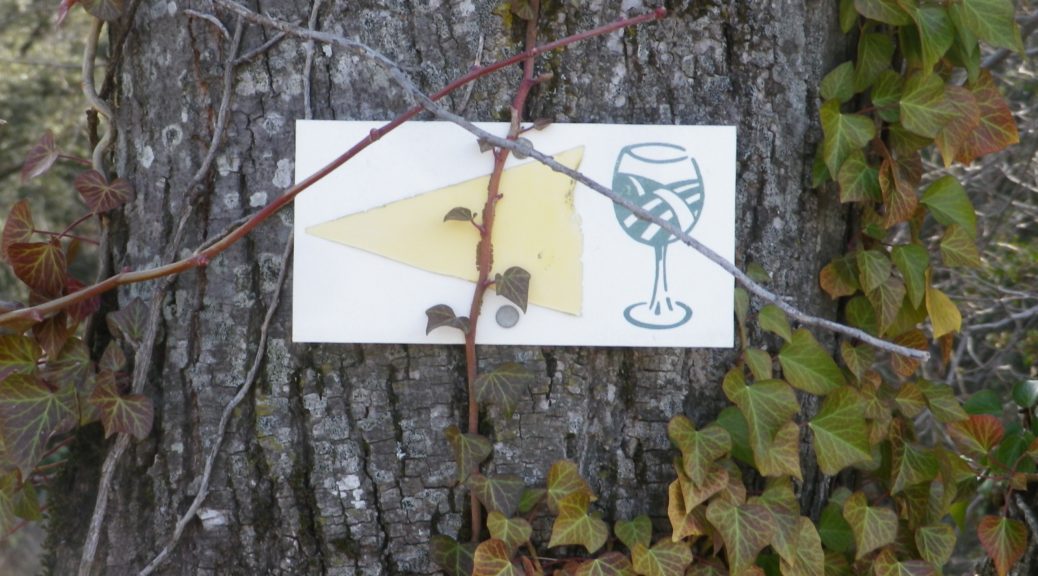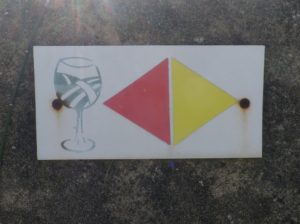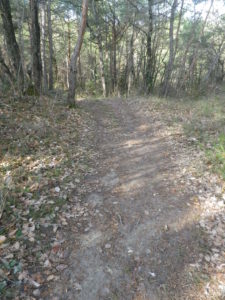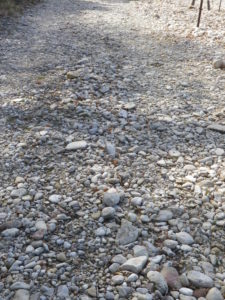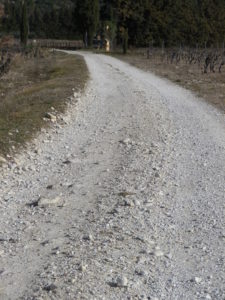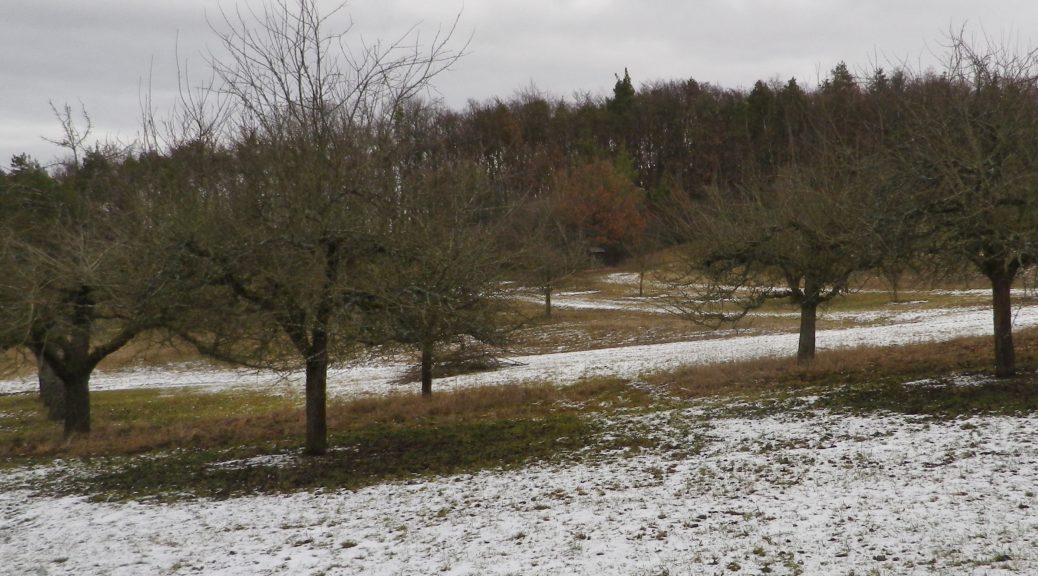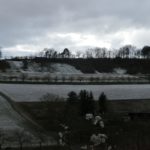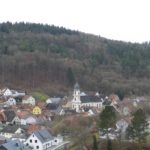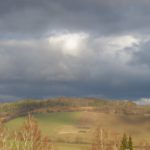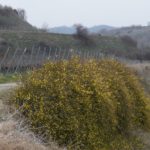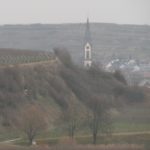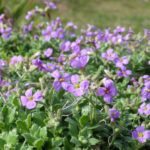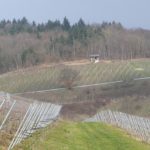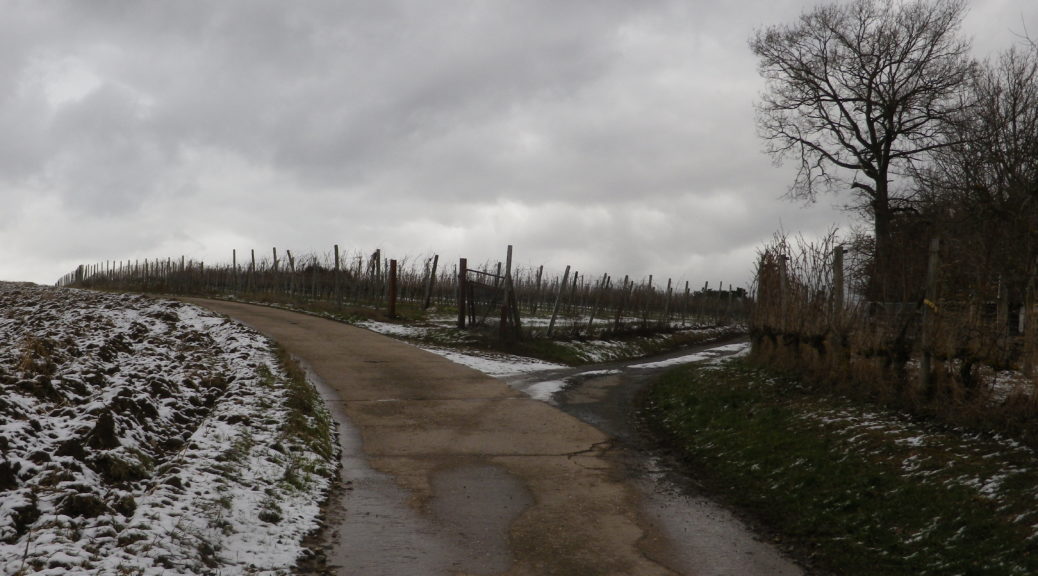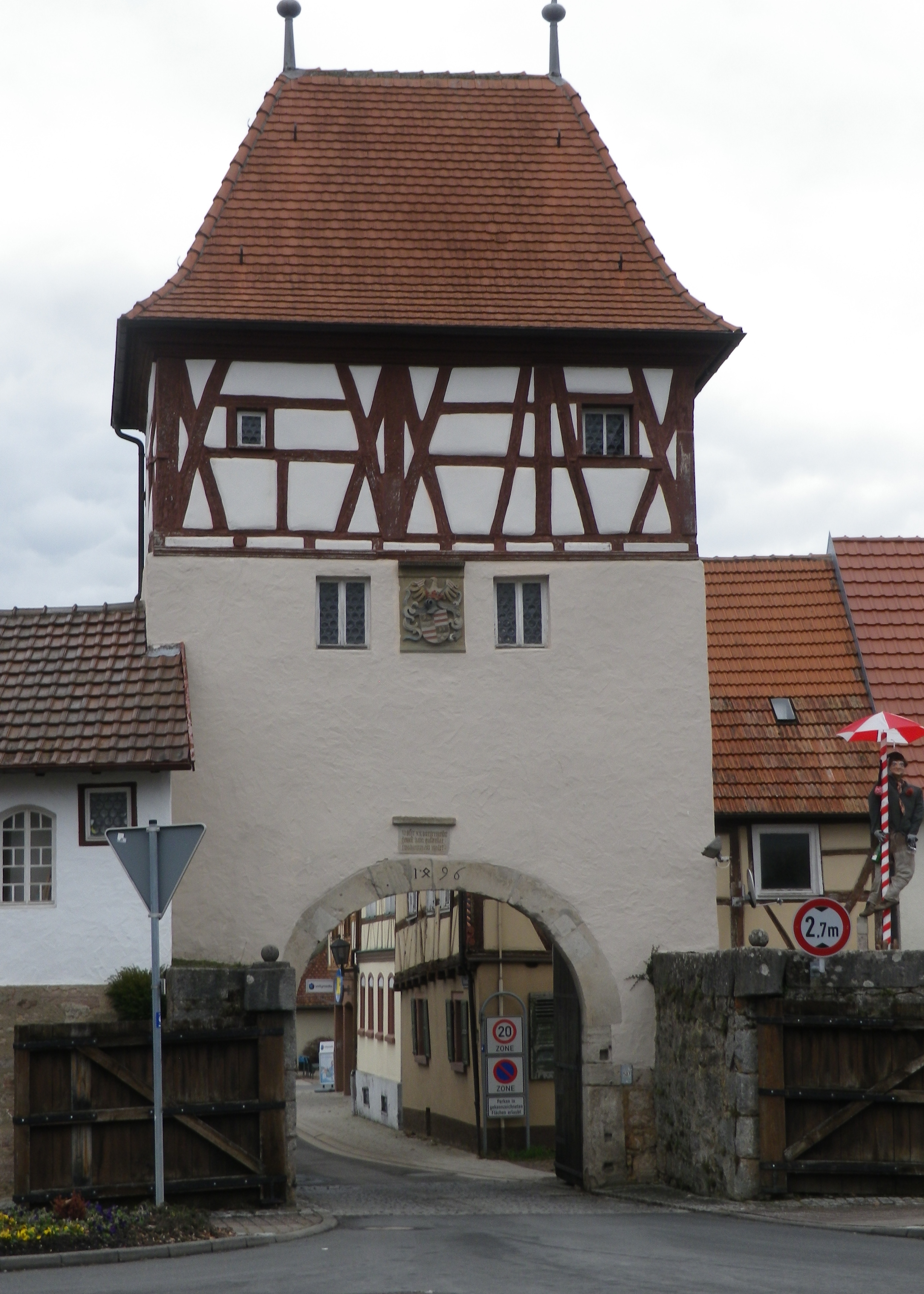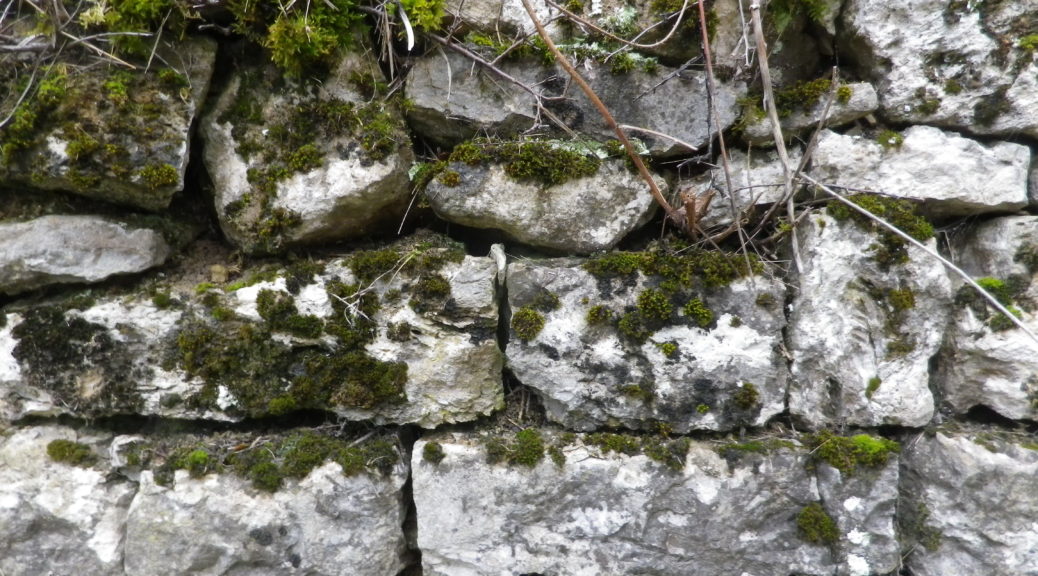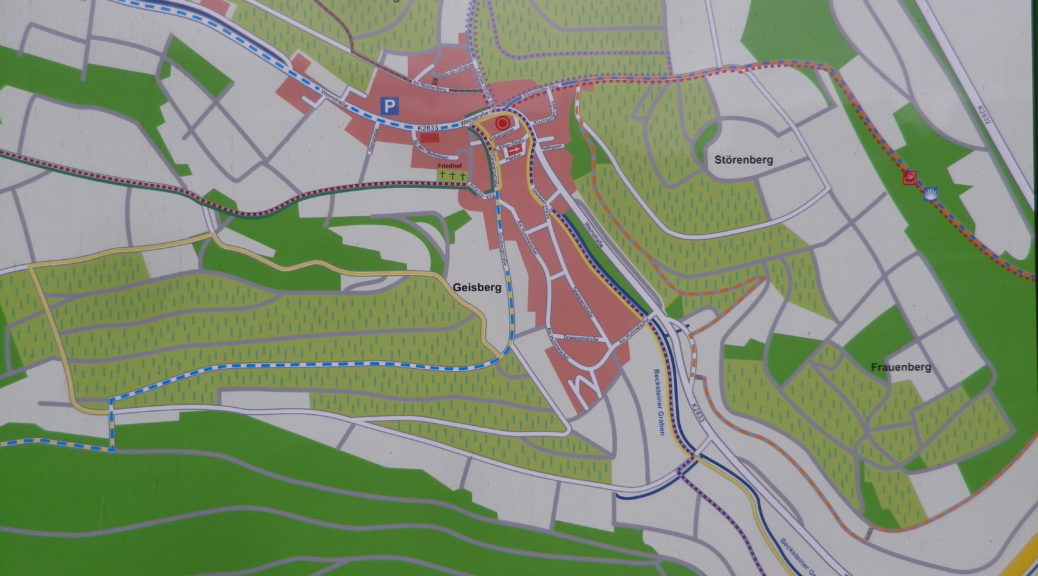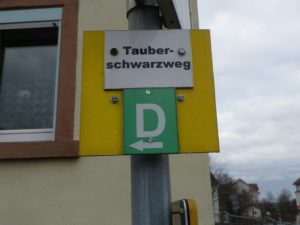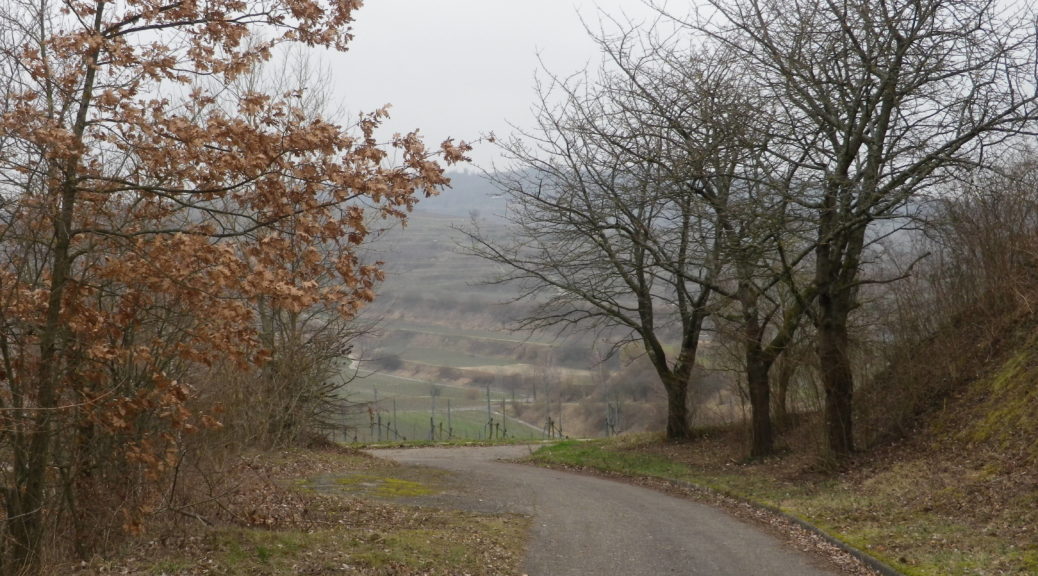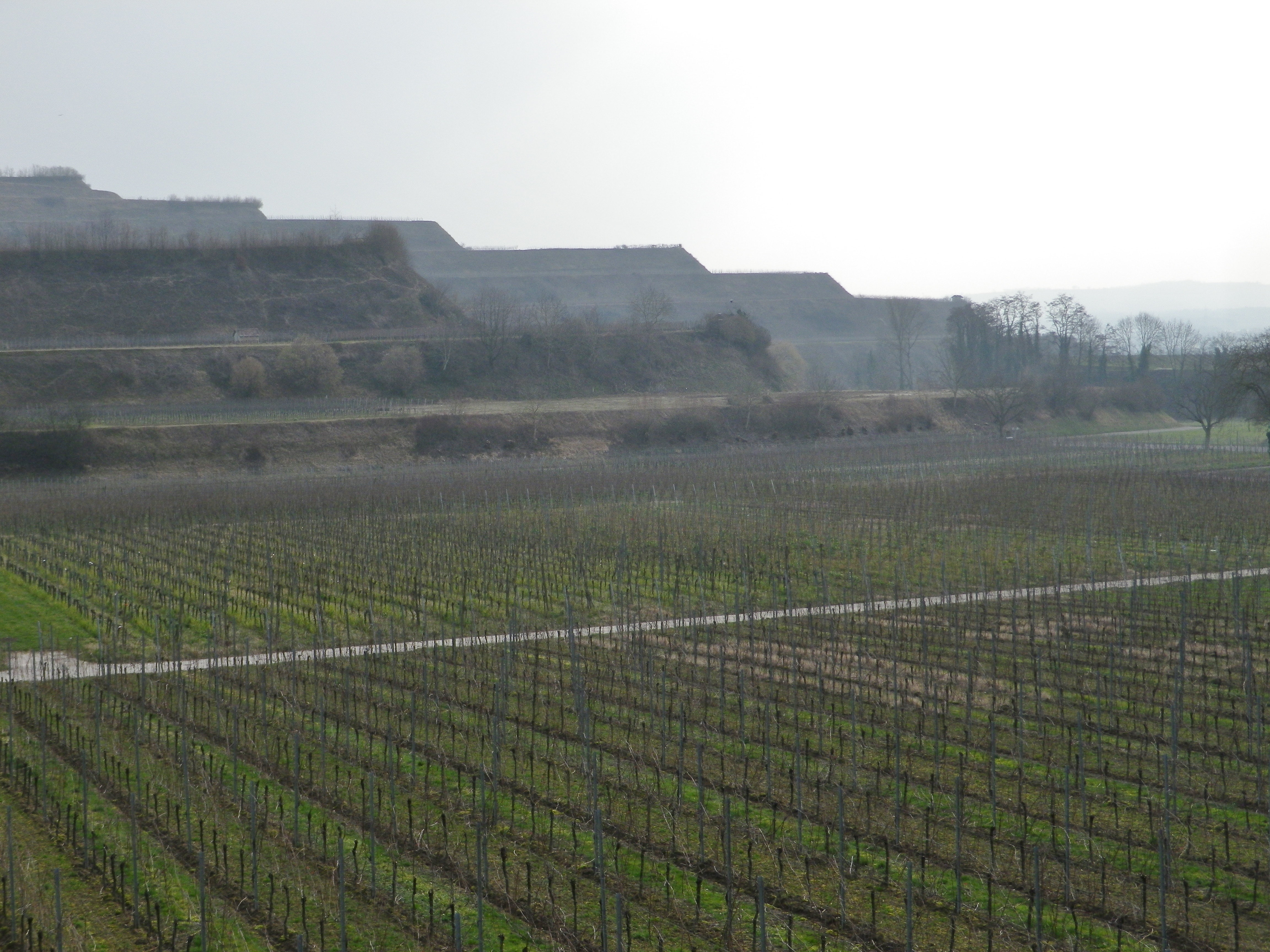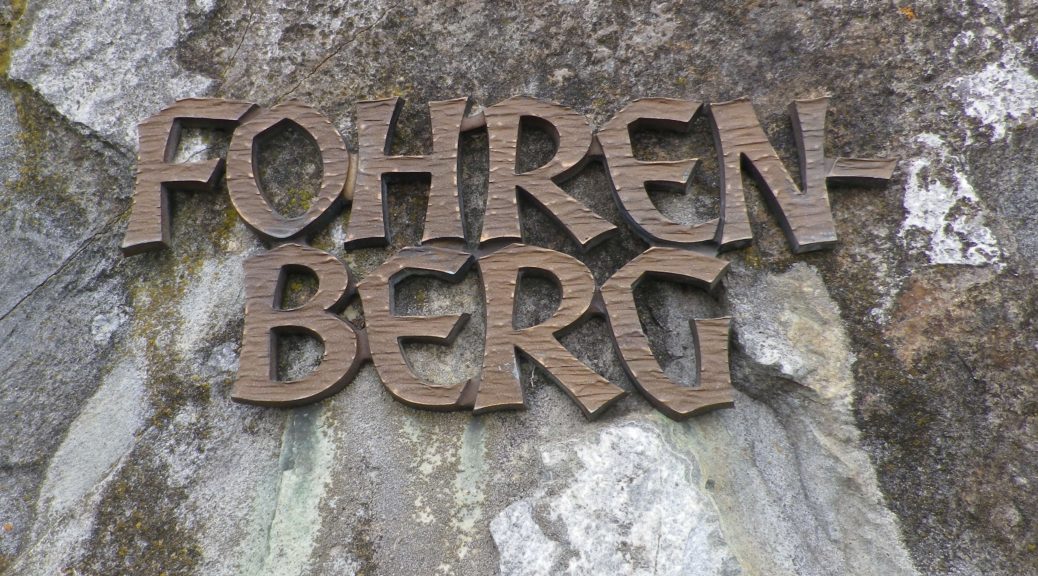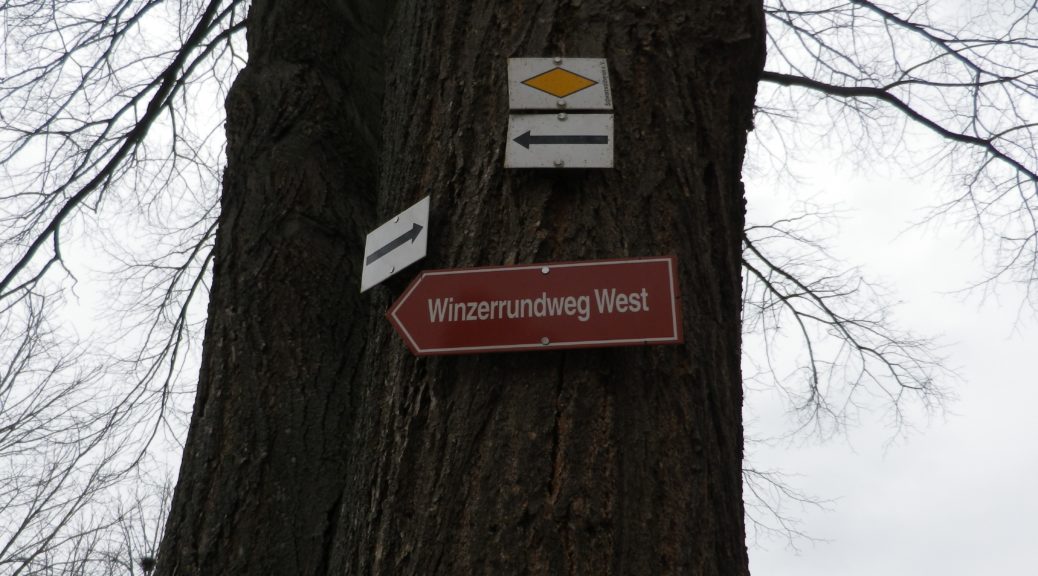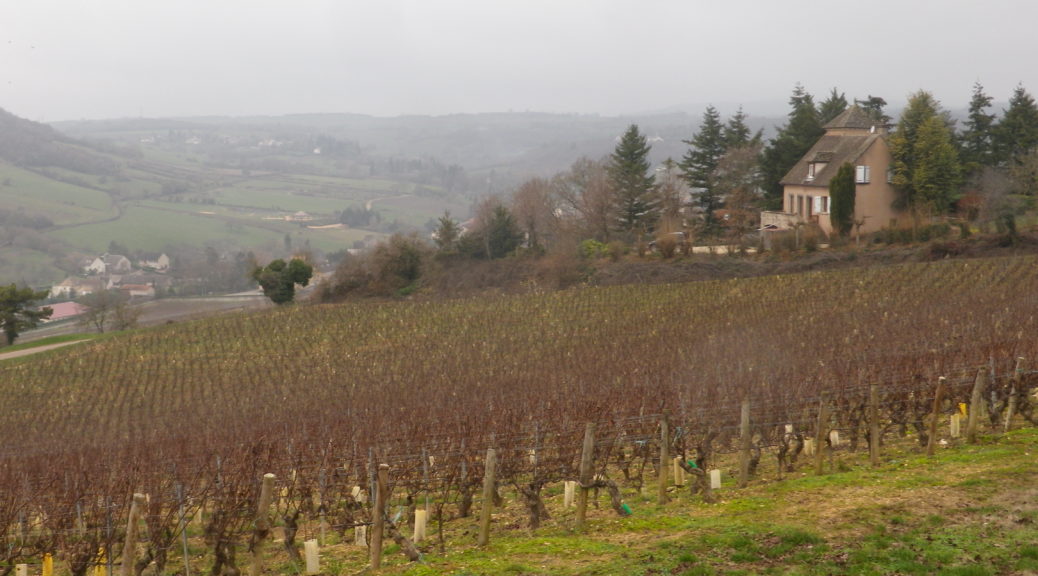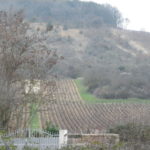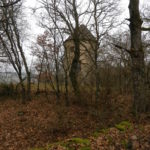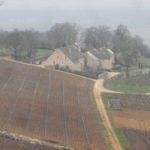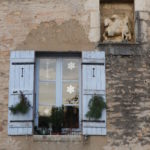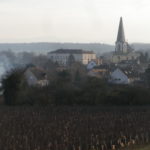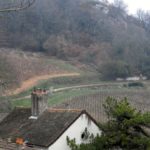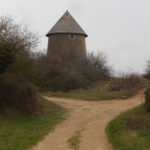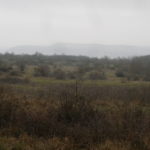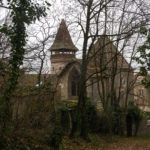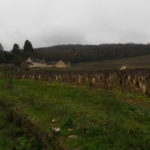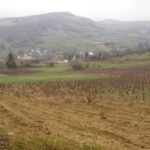What I Learned
Cotes du Rhone covers a large area, but this post covers only wines from the central part of the Department of Drome, on the left bank of the Rhone River. In the area between Montelimar (of nougat fame) and Orange (a famed Roman colony), where the Drome meets Provence’s department of the Vaucluse, this part of the large Drome department is tellingly known as the “Drome Provencale.”
In this region, Lyon is a distant northern memory, and Avignon is only an hour south by car. It is an area that is overwhelmingly agricultural, with a triad of Mediterranean crops: Lavender, olives, and of course, grapes. Viticulture has a pre-classical history here, as many believe the vine was introduced not by the Romans, as is so often the case in regions north or west of the Alps, but by the Phoenicians, some 500 years BCE.
Within the Cotes du Rhone appellation, there are two, higher, or more esteemed appellations: The Cotes du Rhone Village, and the Cotes du Rhone “Named Village” appellations. Rousset les Vignes, Saint Pantaleon les Vignes, and Suze la Rousse, among others, are named villages, within the Drome, and all within my defined scope.
Here, in the Drome, the Appellation Cotes du Rhone wine is true to the humbler roots of its terroir. The red wines are fruit-forward, untamed and unpretentious wines, with definite value for money. As the tasting notes below note, in this area, even the simple (and inexpensive) Cotes du Rhone wines are flavorful, full-bodied wines. It is where vineyards large and small are in abundance, and family run wineries co-exist with cooperatives. Most of the wine produced here is red, with some rose, and a small amount of white wine.
The Cooperative of the Vignerons de Valleon, making Cotes du Rhone wines with grapes from Saint Pantaleon des Vignes and Rousset les Vignes, is a significant contributor to the economy in this area of a very rural Drome. It produces Cotes du Rhone red, white and rose wines, and Cotes du Rhone Village red (only) wines. A commemorative cuvee “Le Petit Train,” honors the little train from Nyons to Pierrelatte, that used to pass over a viaduct within the township of Saint Pantaleon les Vignes, where the cooperative is located. The cooperative also sponsored the wine-themed trail which crosses over the viaduct at one point on its itinerary. History, vines, wines and pride of community all in one, making it a great place to visit! (See https://www.valleon.fr/ and the associated Nutshell for this trail here. )
What I Tasted
2017 Le Petit Train, Appellation d’Origine Controlee Cotes du Rhone, Vignerons de Valleon (Saint Pantaleon-les-Vignes): A dry red wine cuvee (Grenache, Syrah), with dark purple-red garnet color; nose of smoke and green wood, with a hint of dark cherry, flavors of the same; medium plus tannins.
2017 Rose Les Frangins, Appellation Cotes du Rhone Controlee, Domaine des Gravennes (Suze la Rousse): A dry rose with very light salmon color; strawberry and green wood nose with strawberry, strawberry leaf, oak and slightly mineral flavors, medium tannins, and a slightly acidic finish.
2016 Vin Blanc, Café du Centre, Appellation Cotes du Rhone Controlee, Domaine Gris-des-Bauries (Taulignan/Bedoin): A dry white wine blend (primarily Clairette) made by the domaine above, and bottled for the eponymous cafe/restaurant, with medium gold color; a floral and spice nose, with nutmeg, vanilla, and fruity flavors, medium acidity, with an unexpected mildly tart finish.
2014 Viognier, Appellation Cotes du Rhone Protegee, Domaine du Jas (Suze la Rousse): A dry white wine with pale gold color; a mineral and sandalwood nose, with sandalwood, vanilla, smoke and slight white fruits flavors, medium finish.
